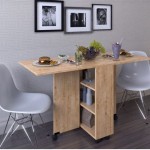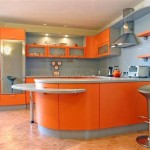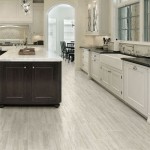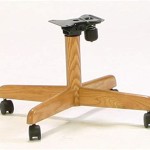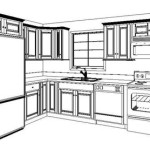Kitchen islands are a great way to enhance the functionality of your kitchen and create an inviting atmosphere for family and friends. With so many options available, it can be overwhelming to choose the right configuration for your kitchen. This article will explore the different types of kitchen island configurations and provide tips for selecting the best one for your space.
Types of Kitchen Island Configurations
When it comes to kitchen island configurations, there are a variety of options to choose from. Some popular configurations are freestanding, L-shaped, U-shaped, and peninsula islands. Each type has its own advantages and disadvantages, so it’s important to consider your kitchen’s layout, size, and needs when selecting the right configuration for your space.
Freestanding Island
A freestanding island is the most common type of kitchen island configuration. This type of island is a great option for small kitchens because it can be moved around easily. Additionally, it provides additional counter space and storage without taking up too much space. Freestanding islands come in a variety of shapes and sizes, so you can find one to fit your kitchen’s unique layout.
L-Shaped Island
If you have a larger kitchen and need more counter space and storage, an L-shaped island is a great option. This type of island can be customized to fit your kitchen’s dimensions and provide additional counter space and storage. Additionally, it can act as a divider between the kitchen and other areas of the house, such as the living room or dining room.
U-Shaped Island
A U-shaped island is another great option for larger kitchens. This type of island provides the most counter space and storage but can be difficult to fit in smaller kitchens. With a U-shaped island, you can create a cooking area, seating area, and prep area all in one. Additionally, it can act as a divider between the kitchen and other areas of the house.
Peninsula Island
If you don’t have enough space for a freestanding, L-shaped, or U-shaped island, a peninsula island is a great alternative. This type of island is connected to the wall and provides additional counter space and storage without taking up too much space. Additionally, it can act as a divider between the kitchen and other areas of the house.
Tips for Selecting the Right Kitchen Island Configuration
When selecting the right kitchen island configuration for your space, there are a few things to consider. First, think about your kitchen’s size, layout, and needs. This will help you determine which type of island is best suited for your space. Additionally, consider the type of material you want to use for your island. There are a variety of materials to choose from, such as wood, stone, and stainless steel. Finally, consider the features you want your island to have, such as additional counter space, storage, seating, or a sink.
Conclusion
Selecting the right kitchen island configuration for your space can be overwhelming, but with the right information, you can create the perfect kitchen for your lifestyle. Consider the size, layout, and needs of your kitchen when selecting the right configuration. Additionally, think about the type of material you want to use and the features you want your island to have. With these tips, you can create the perfect kitchen island configuration for your space.















Related Posts


